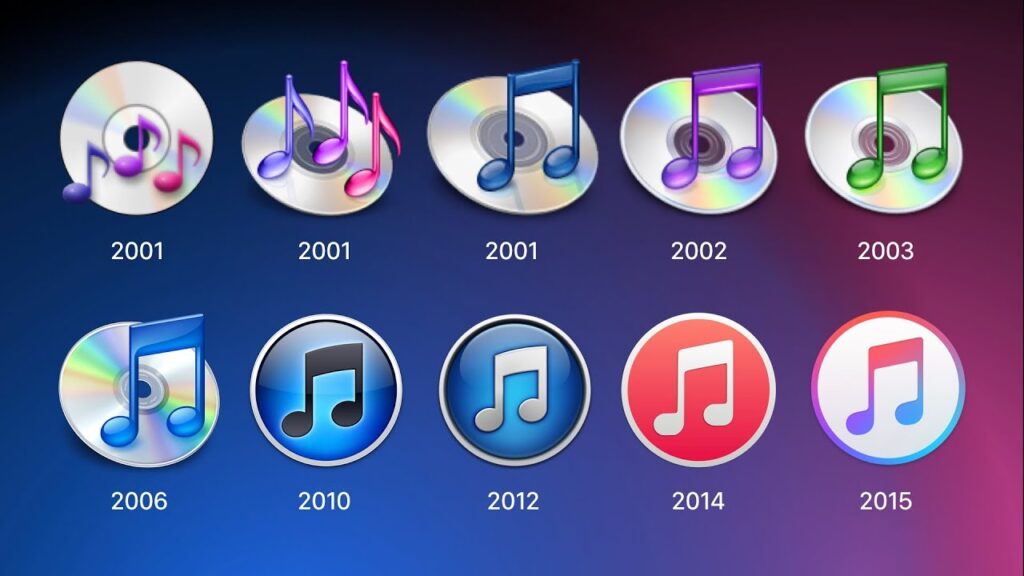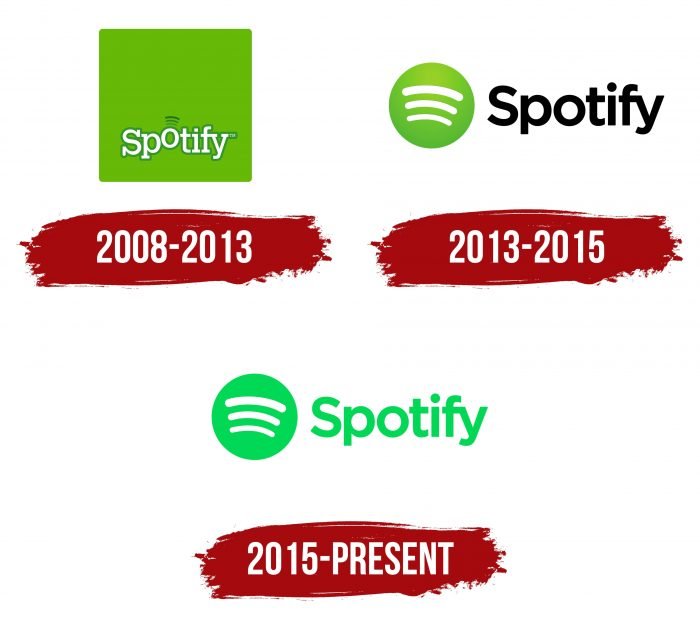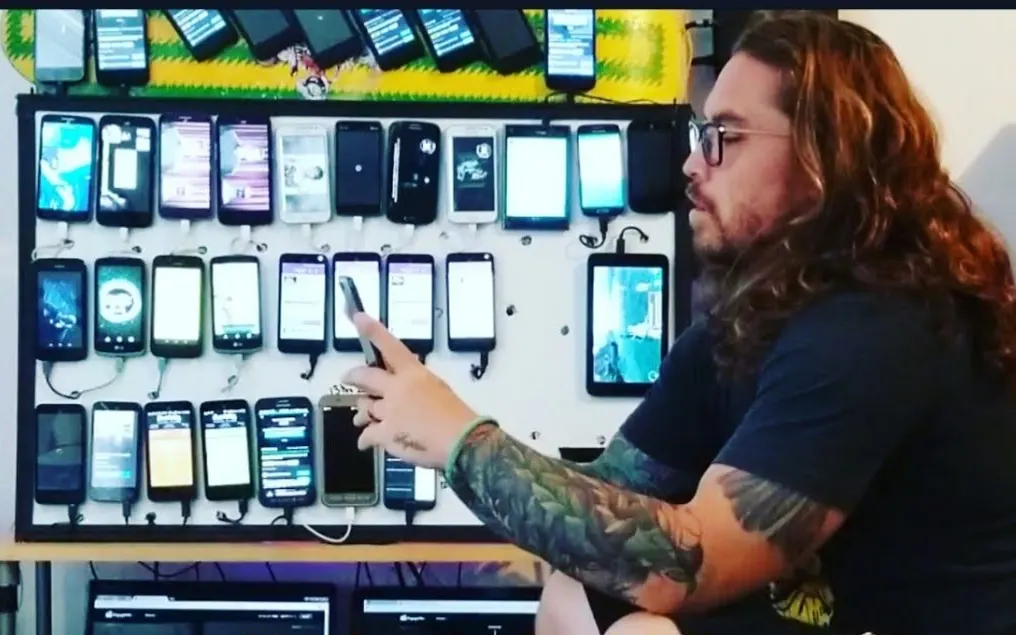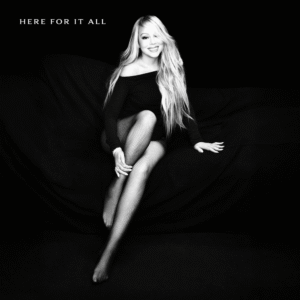
We put Spotify’s claims to the test, using Mariah Carey as our ultimate case study. The 30 second rule, the offline mode and even some darker hacks, just to see if everything adds up.
Before The Streaming Era
Album sales were once straightforward. You sold an album, you counted an album. Likewise, with singles, you sold a single, and you counted a single. But then, the internet changed everything. With it, came song ripping, sharing, and piracy which affected the global music industry severely.
With the debut of CD-R and MP3, sharing and downloading music for free became easily accessible to anyone with a computer and an internet connection. Sites like Napster allowed for peer-to-peer file sharing, with easy access to music. This was beneficial for consumers, who could now save money by obtaining their favorite songs for free.
Unfortunately, the music industry suffered greatly from the surge in illegal downloads, as CD sales fell by 8.9% annually, with an estimated 2.1 billion albums being downloaded without payment over the same period.

The Birth of Itunes
Technology took its first step out of the physical world and into digital ownership in 1994 when Geffen Records released Aerosmith’s “Head First” as the first digital download. Ten thousand CompuServe subscribers downloaded it in just eight days. Fast forward a few digital ventures and in 2001, Apple introduced the iPod. Two years later, the iTunes Store was released.
Even as the popularity of the iTunes Store grew, music piracy continued to thrive, as payment was still involved. Charting and certification also adjusted to the growing trend, allowing 10 downloads to be equivalent to an album sale. Similarly, 1 song download became considered a single sale. However, this did little to halt the ongoing losses the music industry faced due to piracy, with many still choosing to download songs and albums for free, rather than paying for them.

The Birth of Spotify
In 2006, Stockholm introduced an innovative streaming service wherein users can access an endless source of music from around the world for free, supported by advertising or through subscription fees – this was the birth of Spotify. This marked the inception of a new era for music, as users could access all the songs they desired with just a single monthly subscription. No longer were they constrained by having to look for song files, instead being able to tune in anytime, anywhere.
While it didn’t stop piracy immediately, the decline in its popularity was notable. When reviews were conducted, the numbers began to confirm the shift, with former pirates confirming that streaming made piracy unnecessary.
At present, there are 574 million Spotify users around the world and the number continues to grow. Due to this phenomenon, other streaming platforms, such as Tidal, Apple Music, and Deezer, have also emerged, although Spotify still maintains the largest subscriber database at present.

Let’s focus on Spotify then
As streaming services grew in popularity and became the dominant source of music consumption, streaming numbers soon became the main form of accounting and in many cases, income, for artists and labels.
In a similar way to digital downloads, charting and certifications began to account for streaming figures, as streaming became the main source of music consumption and, ultimately, the main means of monetization.
With payment data from Spotify (estimating 0.004 per stream), certifying and charting entities had to amend the measure of album and single sales, now known as “equivalent album sales,” to reflect a fair estimate. They determined an average of 150 streams to be equivalent to one song purchase and 1500 streams, equivalent to one album purchase. The payout rate provided, however, assumes a single track price of USD 0.60 and an album price of USD 6.00, which is not comparable with the prices in retail.
Daniel Ek, CEO of Spotify, has stated that the idea of streaming payments is to be viewed as a long-term monetization strategy. He notes that, before the streaming platform, people used to purchase individual songs or albums at the time of release or peak success and would listen to them indefinitely, based on that single payment.
The streaming platform, on the other hand, permits a lifetime of streams with continuous income to the artist and label. While we might not envision listening to each track from every album we would have purchased over 1500 times, we comprehend the concept (except Mariah of course – we’ve “bought” her entire discography 5-time fold). It also allows streams of songs and artists we would never have purchased anything from just because we’re exploring or arranging a soundtrack for a special moment.
In light of the preceding knowledge, we sought to examine several statements provided by Spotify to test their validity. The two primary assertions we intended to validate were 1. Every track is accounted for if heard for at least 30 seconds, and 2. All offline streams are noted, as long as the device is active within 30 days.
In addition to verifying Spotify’s two main assertions, we decided to investigate another rumor: monetization and charting via ‘streaming farms‘ have reportedly become a trend, involving the endless streaming of songs on multiple devices to ensure enough streams in a day for charting purposes. Though we found no guilty admissions regarding this, we still attempted an apparent 3. ‘farming hack code’ to see if it could be executed without repercussions.

1. Does Spotify really count 30 seconds of each song?
According to Spotify, every song that has been played for over 30 seconds is included in the artist’s and song’s streaming statistics – and all the subsequent implications that come with this. To verify this claim, we decided to select an artist at random (no, not really). The roll of a dice landed upon Mariah Carey. You’re welcome, Mariah. Dinner’s on us.
The next step we had to take was to select a song that we could monitor the effectiveness of our efforts. As Spotify tracks songs that have been played for over 30 seconds, we had to rule out tracks below that limit, such as “Hark the Herald Angels Sing (Interlude).” By the way, the song could have been 31 seconds long to guarantee more streaming figures, but that’s one of our own personal opinions.
We also had to track songs that only had 1-5 daily streams to observe any results from our efforts. Hence, album tracks were excluded from our experiment. After analyzing our daily streaming chart for a week, we settled on “Anytime You Need a Friend – Dave’s Empty Pass” and “Through the Rain – Maurice Joshua Radio Mix,” as they typically had 0-4 streams per day. With the selected songs, we would be able to keep track of our streaming efforts and the subsequent results would hopefully become apparent.
We put together a playlist consisting of only the two songs and spent a whole afternoon clicking “next” after every 35 seconds of the song playing. We had nothing better to do and we really wanted to put the first theory to the test. A day later (since Spotify takes 24 hours to account for the preceding day’s data), this is what we found:

After diligently and furiously clicking “next” right after every 35 seconds of song play, the platform accounted for a massive 139 plays per track. Considering that the songs typically receive no more than 4 plays daily, we can safely conclude that Spotify has no problems tracking streams if the play lasts for at least 30 seconds.
2. Does Spotify count offline streams?
For this Spotify assertion that we wished to examine, we selected two different songs to avoid any residual streams from our previous experiment. We formed a brand new playlist containing “The Roof (Back in Time) Morales After Hours Mix” and “I Still Believe – The Eve of Souls Mix UK Edit“. These two tunes historically had fewer than 5 daily streams, making them appropriate candidates for our research.
Next, we found one of our old phones and installed Spotify on it, then proceeded to create a playlist consisting of the two songs we had previously chosen. We placed the device on airplane mode, denying access to both WiFi and cellular data, and allowed the playlist to run for two days while we went to lay in bed. After that period, we connected the phone to the internet and allowed an additional day for the results to be calculated:
As you have noted above, the individual songs abruptly reported the staggering amount of 324 streams apiece. Given that their historical streaming frequency only amounted to 0-4 on any given day, we can confidently infer that these streams were derived from our experiment. So yes, Spotify does account for offline streams. And, once more, you’re welcome Mariah.

3. Does Stream Farming Work?
Regarding our final venture, we attempted to experiment with the streaming farm tactic. Acquiring a dubious hacking code that automatically played only 32 seconds of each song on a continuous loop, we made our final choices. Selecting two additional songs, we created another playlist and put the code to work.
We decided not to mention the code nor provide our exact results due to a desire to maintain our Spotify accounts for years to come. However, the code does work and skips every song after 32 seconds and the next day, an astonishing 551 additional streams showed up for each song.
Maybe Lil Nas did have an Ol’ Town Farm after all, to ensure that 17th week at number one. Or maybe the USA just couldn’t get enough of that song. We’ll never know. But now Mariah got an extra 1100 streams in a day, on us.

What are our thoughts on all this?
We did not, of course, implement these strategies with the intent to incite illegitimate and falsified streams for our beloved Queen. Instead, we pursued this experiment to verify Spotify’s stated assumptions and determine their validity.
After careful examination, the assertions have been confirmed as accurate. Therefore, whether listening to Mariah during a flight without WiFi, or spending a month offline and finally connecting to the internet, these streams will ultimately be accounted for. Naturally, we keep watch over the daily streaming figures, so if a month’s worth of Glitter streams are uploaded at once, we will presume you have recently arisen from a cave. Also fishy if out of the blue, “Didn’t Mean To Turn You On” showed up in a Top 200 for no apparent reason. If that does happen though, great job. But again, we don’t incite.
In the meantime, we will keep the farming code just in case one day someone tries to block the Diva from the number one spot. Jokes, we would never…




